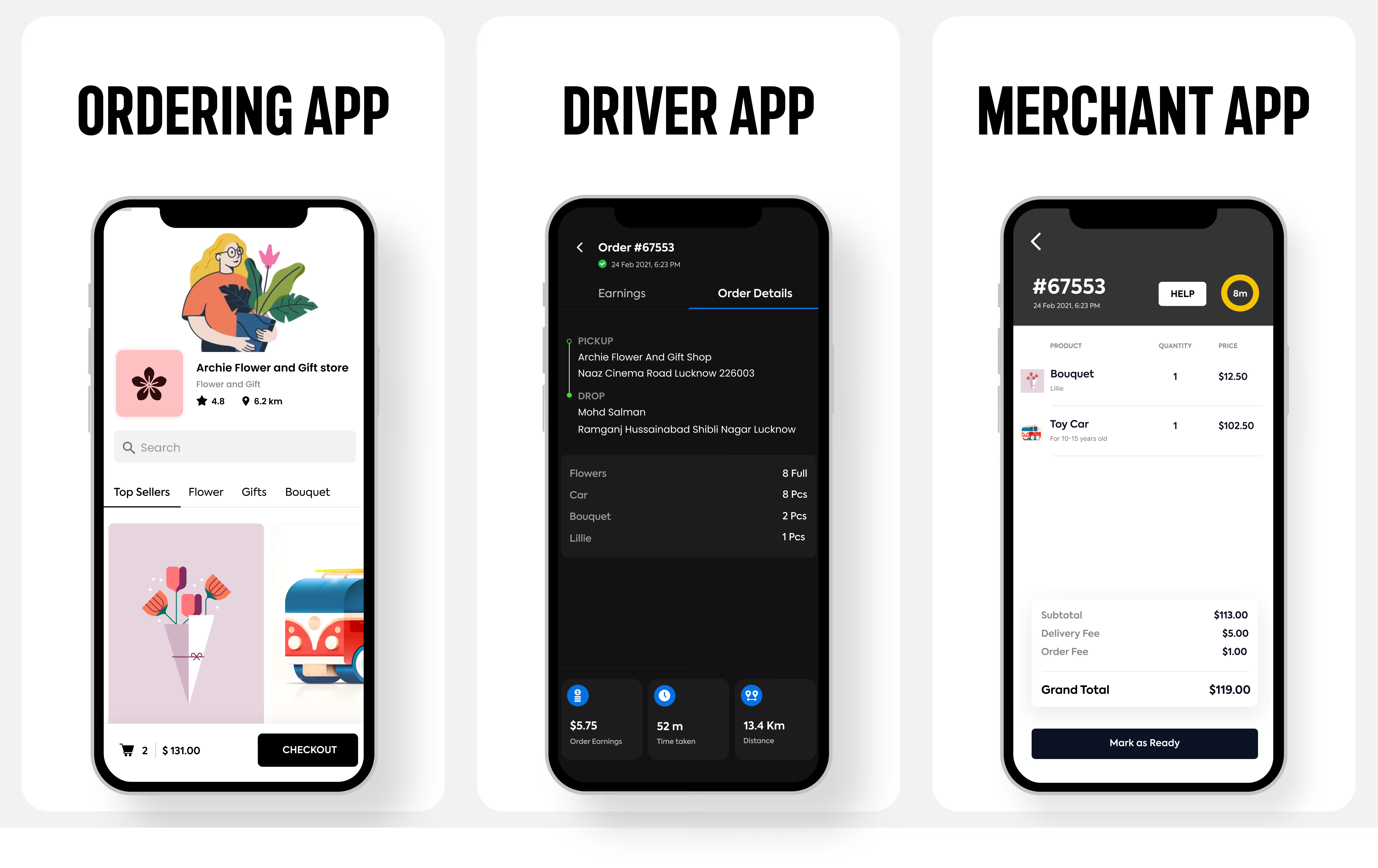
Table of Contents
Introduction
Waiting is so last century, when speed becomes the new currency. The ecommerce landscape has lately shifted a significant number of gears and opened a new world of opportunities for existing and upcoming businesses alike. Even those that have a viable business idea, can go about exploring the fantastic avenues modern-day ecommerce opens. Businesses that appear doomed are resorting to quick commerce solutions to stay afloat and profitable.
Businesses of all nature and sizes, by and large, have embarked on the quick commerce journey— the latest evolution in retail that's capturing the attention of businesses, entrepreneurs and consumers alike. But what exactly is it, and why are established businesses, founders and entrepreneurs scrambling to adopt this model?
Quick commerce, aka q-commerce, is the next step beyond traditional e-commerce. It promises to deliver products to customers at a lightning quick speed, often under 30 minutes or sometimes within 10-15 minutes. It’s sort of a hybrid business model that seamlessly integrates the efficiency of e-commerce, the flexibility of the gig economy, and the precision of advanced logistics.
Quick commerce- Making businesses popular and profitable
So, why is q-commerce becoming such a big deal and what’s the secret sauce? A network of small, strategically located warehouses called "dark stores" that stock a curated selection of popular items. Once an order comes in, it's quickly picked, packed, and whisked away by a nearby delivery partner. Some quick commerce platforms operate on a third party model where they get the goods delivered to the customers by partnering with the local retailers. The result? Near-instant gratification for consumers who want items of need and other essentials with the blink of an eye.
So how has this model become so popular and profitable that it is prompting almost all businesses and entrepreneurs from across the world to try it out. In fact, they are falling over themselves to join the quick commerce revolution. Let's break it down and understand the ‘why’.
1. Meeting sky-high customer expectations
With marketing evolving by leaps and bounds in the last decade or so, consumers have become increasingly ravenous. Existing in an age where we can stream any movie instantly and have our questions answered by AI in a flash, consumers have come to expect immediacy in all aspects of their lives. In fact they expect it all the more when it comes to satisfying their hunger pangs, laying hands on the most needed household essentials or even wearing the exquisite timepiece that they’ve just ordered. There is no waiting. It sucks in the modern age. Quick commerce, pretty much efficiently taps into this desire for instant gratification, potentially turning impatient browsers into loyal customers.
2. Capturing the impulse purchase market
A significant portion of modern day purchases are impulsive. This is where the q-commerce model scores big. When a craving strikes or a last-minute party need arises, quick commerce is there to save the day. By removing the barriers of time and distance, and bringing the buyers and sellers closer than ever, businesses can capitalize on those spur-of-the-moment decisions that might otherwise be lost.
3. Differentiating in a crowded market
Differentiation is an attribute desired by several ambitious businesses but only a few get recognized distinctly. With traditional ecommerce becoming pretty mainstream and increasingly saturated, a quick commerce platform offers a way for businesses to stand out. It's not just about selling products anymore; it's about selling convenience and time itself. It’s about being recognized differently in the market.
4. Gathering valuable data
Businesses of today crave data. The more of it they have, the better is their decision making. The hyperlocal nature of quick commerce allows businesses to gather detailed insights about customer preferences, their product browsing history, and behaviors. This granular data significantly assists and improves inventory decisions, marketing strategies, and even new product development.
5. Expanding market reach
Quick commerce is reaching global households as quickly as the mobile phones reaching their pockets. The model undoubtedly opens up overwhelming possibilities for businesses to serve customers who might not have easy access to physical stores or who simply prefer the convenience of rapid home delivery.
Challenges and Hope
The quick commerce model isn't without its sets of challenges. The logistics of maintaining multiple small warehouses and coordinating lightning-fast deliveries can be complex and costly. There's also the question of sustainability, both in terms of the environmental impact of frequent small deliveries and the economic viability of the model in the long term.
Despite these hurdles, the potential rewards are driving businesses to innovate and adapt. From grocery giants to tech startups, companies are racing to perfect their quick commerce offerings. Some are partnering with existing delivery platforms, while others are building their own end-to-end solutions.
Winding Up
As the dust settles, it's clear that quick commerce is more than just a passing trend. It represents a fundamental shift in how we think about retail and customer service. For businesses willing to embrace the challenge, it offers a chance to meet customers exactly where they are – in the moment, ready to buy.
The quick delivery solution revolution is here, and it's moving fast. Blink, and you might miss it. But for those who can keep up, the rewards could be swift and substantial.



